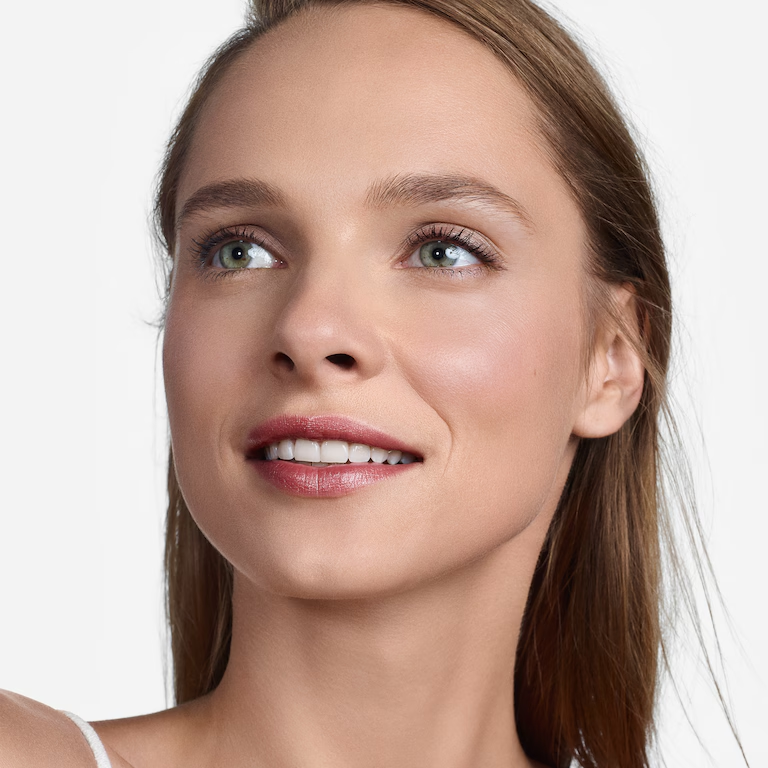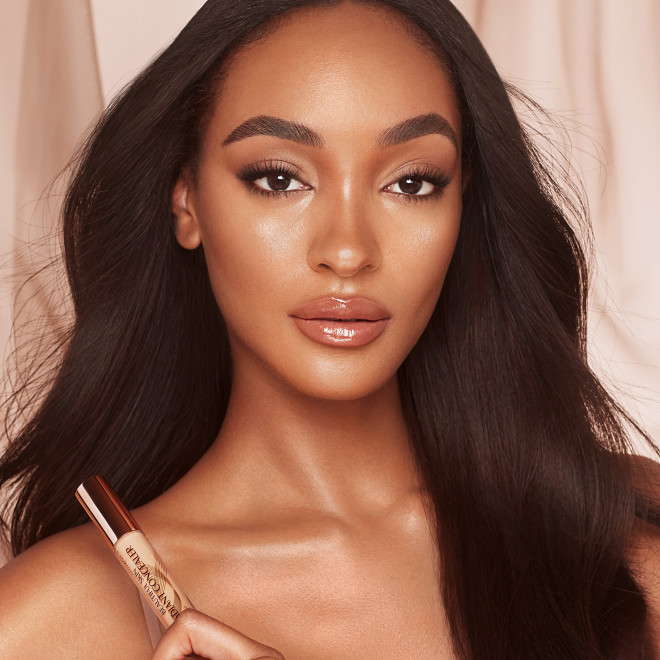
Concealer vs. Foundation: Unveiling the Differences
Definition and Primary Purposes of Concealer and Foundation
Concealer and foundation serve distinct roles in makeup. Foundation acts as a base, providing an even skin tone across the face. It comes in sheer, medium, or full coverage. This product aims to smooth out and unify the complexion. On the other hand, concealer is used to hide imperfections. Its purpose is precise, targeting blemishes, dark circles, and spots for coverage. Concealer is often denser and offers more opacity than foundation. Understanding these primary purposes helps clarify why ‘is concealer the same as foundation’ isn’t quite accurate. Although they may seem similar, they are tailored for different makeup needs.
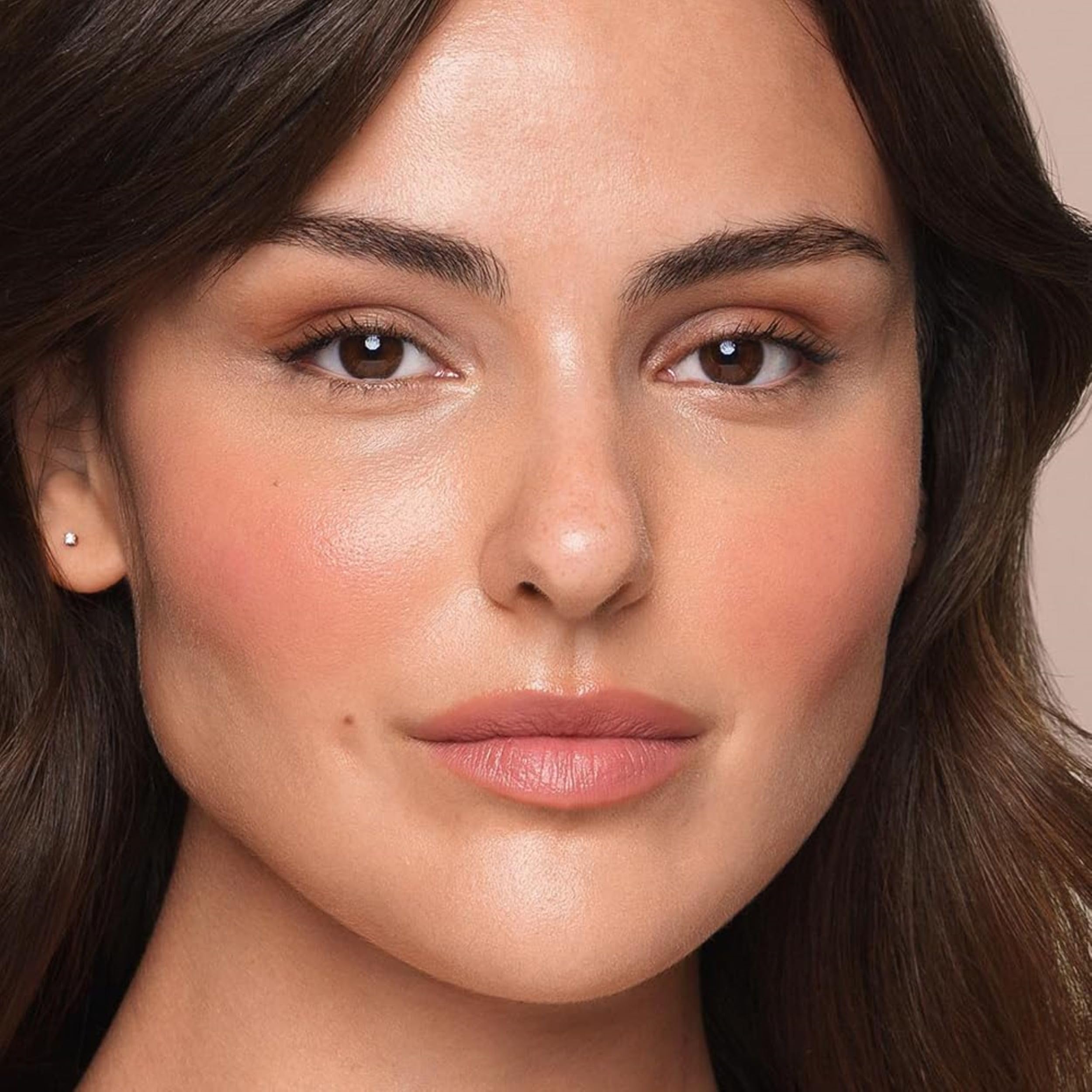
Comparing Coverage Levels: Concealer vs. Foundation
When discussing makeup, a common inquiry is ‘is concealer the same as foundation?’ Especially concerning coverage. Coverage refers to the ability of a makeup product to hide imperfections and even out skin tone. Thin layers provide sheer coverage while thicker applications offer full coverage. Let’s delve into the coverage aspects of both concealer and foundation.
Sheer to Full Coverage Spectrum of Foundation
Foundation serves as a baseline for a makeup routine. It comes in a wide range of coverage options, from sheer to full. Sheer coverage foundations lightly even out skin tone. They don’t hide all imperfections but create a natural look. Medium coverage foundations strike a balance, offering more blemish hiding power while still looking natural. Full coverage foundations are dense. They aim to cover most skin issues and create a smooth canvas.
Targeted, High-Coverage Concealer
Concealers, on the other hand, are the high-coverage specialist in the makeup world. They have a thick formula meant to cover blemishes, dark spots, and under-eye circles. The focus is on a targeted application, placing the product precisely where it’s needed. With its high pigment concentration, concealer masks imperfections more effectively than foundation.
In summary, while both products are designed to enhance the complexion, foundation offers a range of coverage and is applied broadly. Concealer provides concentrated, high-coverage on specific problem areas. The main takeaway is that the intended use and desired outcome dictate whether to reach for concealer or foundation.
Pigment Concentration Contrast
In the realm of makeup, pigment concentration is a critical aspect that differentiates concealers from foundations. Let’s explore this contrast in both products.
Foundation Pigment Levels:
Foundation typically has a lower pigment concentration. This trait allows users to layer the product, creating anything from sheer to full coverage based on preference. It is designed to provide a uniform skin tone without necessarily concealing all imperfections.
Concealer Pigment Density:
Concealers, however, boast a higher level of pigments. The dense concentration of these pigments is intentional. It ensures blemishes, dark circles, and spots are well-covered. Titanium Dioxide, often used for its opacity and whitening properties, is found in greater quantities in concealers than in foundations. This ingredient aids in offering the hefty coverage that concealers are known for.
The balance of pigments within these products is therefore not just about color, but about function. While foundation works to even out the skin tone across a wide area, concealer’s rich pigment density addresses specific areas needing extra attention. Thus, when pondering over ‘is concealer the same as foundation,’ the content of pigments reveals a clear distinction between the two.
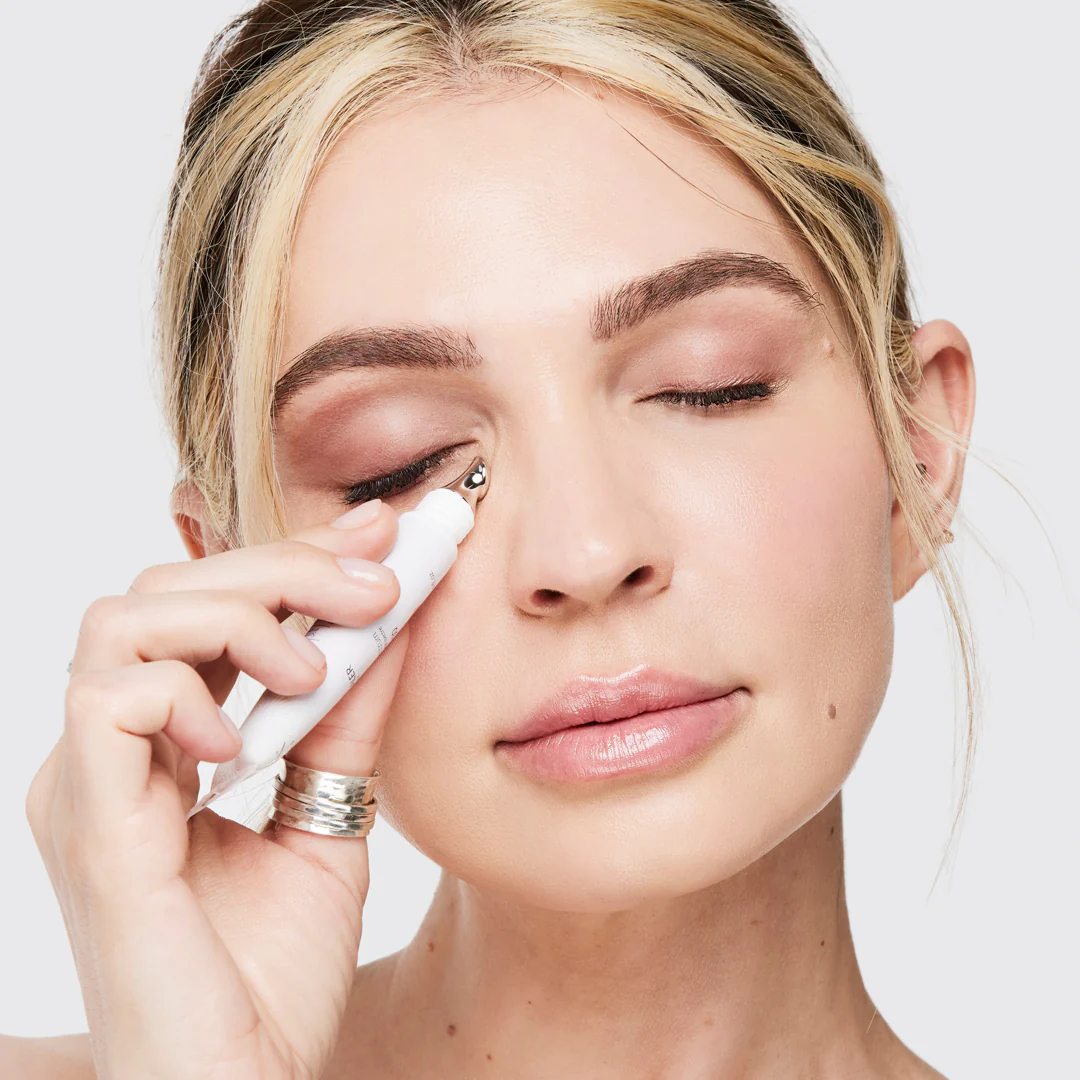
A Look at Different Textures and Consistencies
When exploring the differences between foundation and concealer, texture and consistency play crucial roles. Makeup enthusiasts often question ‘is concealer the same as foundation’, and these physical properties offer further clarity.
Foundation Textures:
Foundations are versatile, coming in various forms – liquid, cream, powder, and stick. Each type has its unique feel and method of application:
- Liquid Foundation: Offers a smooth application and is ideal for a blendable, natural look.
- Cream Foundation: Provides a more moisturizing feel, suitable for dry skin types.
- Powder Foundation: Gives a matte finish, preferred for oily skin.
- Stick Foundation: Delivers convenience and portability, with easy touch-ups.
The consistency of foundation generally allows for a spreadable application across the entire face. This results in an even, uniform coverage.
Concealer Textures:
Concealers, however, are typically thicker. The aim is to offer precise and lasting coverage on selected areas. Most concealers come in liquid or cream form, providing high coverage:
- Liquid Concealer: Targets under-eye areas and blemishes for an undetectable finish.
- Cream Concealer: Best for covering significant discolorations, due to its denser texture.
Because of this thicker consistency, a concealer is optimal for hiding imperfections that foundations might not fully cover. As the ‘is concealer the same as foundation’ debate continues, the distinction in textures and consistencies is undeniable. Foundations lay the groundwork for a natural, even complexion, whereas concealers provide targeted, impactful coverage for specific concerns.
Application Techniques for Concealer and Foundation
When applying makeup, technique matters as much as the product itself. For concealer and foundation, each serves its purpose and should be applied in a manner that maximizes its benefits. In this section, we’ll explore how to apply these makeup staples effectively.
Foundation Application:
Start with a clean, moisturized face. Use a primer if desired. Dot foundation on the forehead, cheeks, and chin. Using a foundation brush or sponge, blend outwards for even coverage. Build layers as needed for more coverage, but keep it light to avoid a cakey look.
Concealer Application:
After foundation, apply concealer to areas that need extra coverage. Use a small brush or fingertip for precise application. Pat gently to blend, focusing on under-eye circles, blemishes, and discoloration. Set with a light dusting of powder if needed for long-lasting wear.
Remember, the key is blending. Foundation should create an even canvas, while concealer should seamlessly integrate, hiding imperfections without drawing attention to them. With practice, these application techniques will enhance your makeup routine, proving ‘is concealer the same as foundation’ is a question of not just function but also of method.

The Role of Titanium Dioxide in Concealers
Titanium Dioxide plays a crucial part in cosmetic concealers. This ingredient stands out for its strong opacity and whitening abilities. In concealers, it helps to mask dark under-eye circles, blemishes, and other skin imperfections. The higher Titanium Dioxide content boosts the product’s coverage capability.
Here’s why Titanium Dioxide is vital in concealers:
- Opacity: Titanium Dioxide’s opacity is key. It blocks out the discolored or dark areas on the skin. This makes concealer effective for hiding flaws.
- Color Adjusting: This compound can lighten the shade of the concealer. It helps in creating an array of colors suitable for different skin tones.
- UV Protection: Besides concealing, Titanium Dioxide also protects skin from UV rays. This is an added benefit for areas under the eyes, which are sensitive.
- Safety: It’s a preferred pigment because it’s known to be safe for most skin types. This is important for products used on sensitive facial areas.
Understanding the role of Titanium Dioxide clarifies that concealers are more than color correctors. They’re sophisticated formulas designed to conceal and protect the skin. As we uncover the mysteries behind the ingredients, ‘is concealer the same as foundation’ seems an even broader question. It involves considering composition, not just color and coverage.
In conclusion, Titanium Dioxide is a staple in the cosmetic industry, especially in concealers. It enhances the product’s performance by providing exceptional coverage and additional skin benefits. This reinforces the distinctive role of concealers as compared to foundations, which have other primary purposes and composition characteristics.
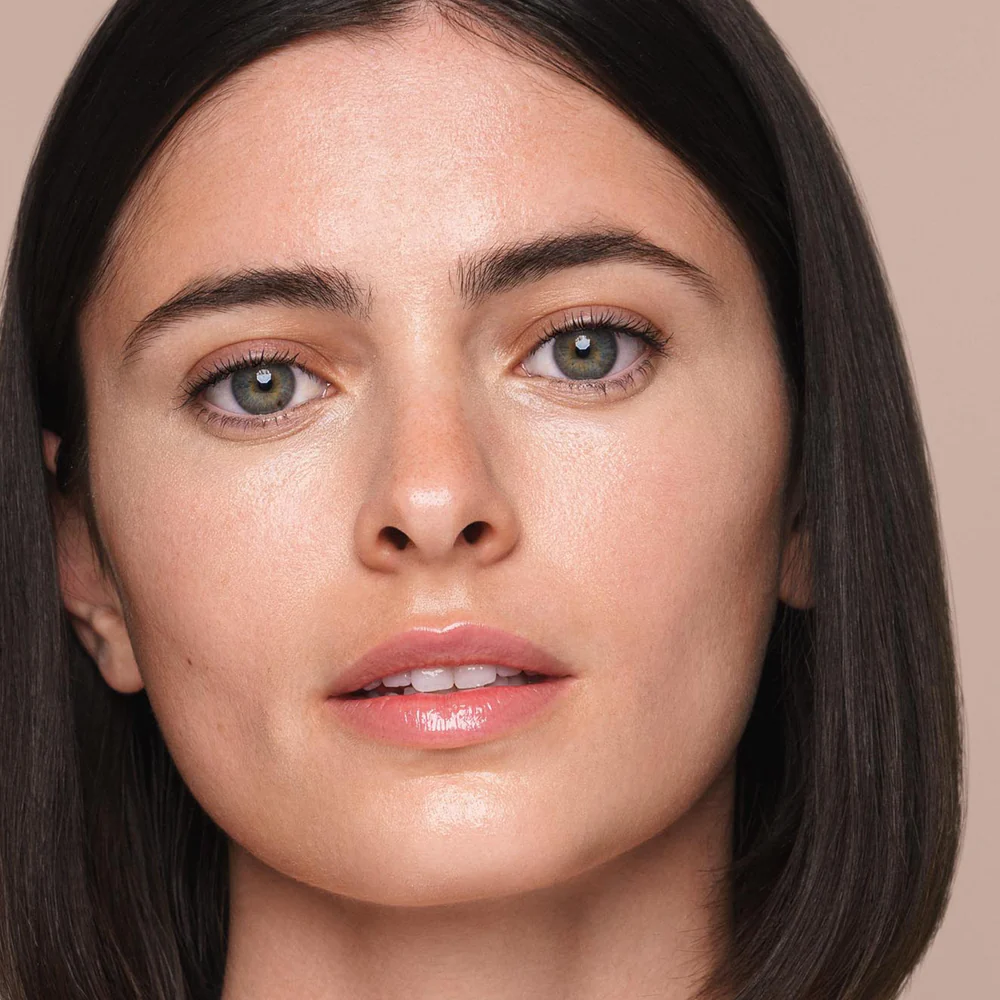
Understanding Multi-use Products and Industry Trends
In recent years, there has been a shift within the beauty industry. This change leans towards multi-use products that serve more than one purpose. With this trend, the lines between concealer and foundation are becoming less defined. Here are some insights into the current trends and how multi-use products are evolving:
- Versatile Solutions: Many consumers now prefer a single product that can act as both concealer and foundation. This streamlines their makeup routine and reduces the number of products needed.
- Customizable Coverage: Products are being designed to offer customizable coverage. This allows users to apply the product lightly for a sheer appearance, or build it up for fuller coverage, depending on their needs.
- Technological Advances: The development of innovative formulas combines the properties of both concealers and foundations. These advances result in products with the coverage capability of concealers and the spreadability of foundations.
- Eco-friendly Options: There’s a growing demand for sustainable and eco-conscious products. Multi-use products align well with this demand, as they potentially reduce packaging and waste.
- On-the-go Convenience: The fast-paced lifestyle of consumers calls for makeup that can be applied quickly and on the go. Multi-use products cater to this need by being easy to carry and multi-functional.
- Skin Care Infusions: Many multi-use products now include skincare benefits, such as moisturizing and UV protection, offering added value to the consumer.
Overall, as the trend toward multi-use products continues, the question of ‘is concealer the same as foundation’ may become even more complex. Industry innovation is blurring traditional boundaries and offering new solutions for modern makeup requirements.

